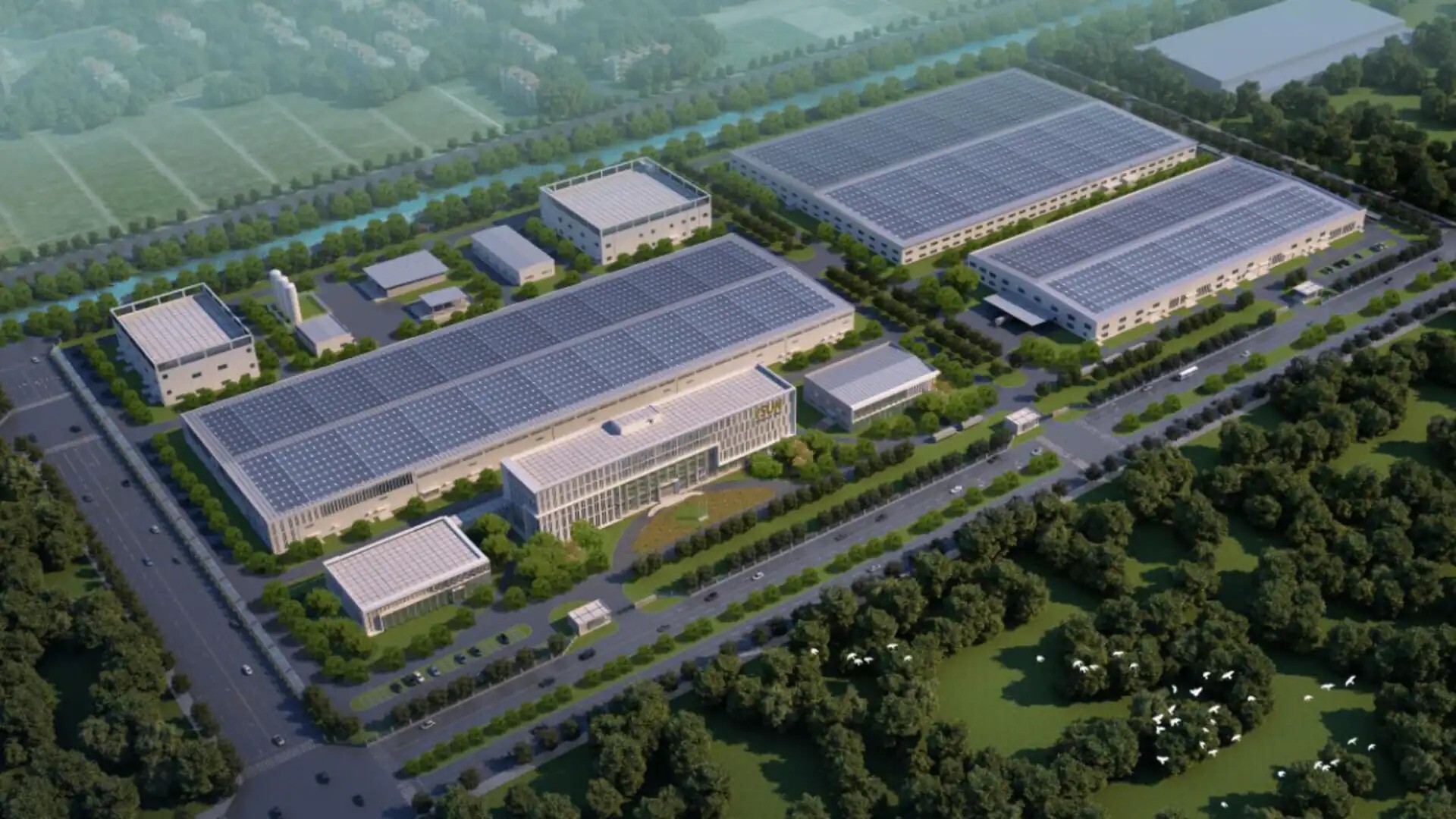

Reliance Industries Ltd (RIL), run by the oligarch Mukesh Ambani, announced that it would operationalise a series of green energy gigafactories in Jamnagar, Gujarat, over the upcoming four to six quarters. These facilities, focusing on the production of solar panels, batteries, and electrolysers, will represent the heart of the USD 10 billion (initially made in 2021) pivot into clean energy, Reliance disclosed.

This initiative, aligned with RIL’s commitment to becoming net-zero by 2035, is also expected to lower their internal energy costs by at least 25 per cent, according to a company presentation.
Strategic scale and vision
The green energy complex spans an astounding 44 million square feet, almost four times the size of Tesla's Nevada gigafactory. Located next to the world's largest oil refinery complex in Jamnagar, this cluster will support Reliance's transition from hydrocarbons to renewables. A super-sized solar glass factory will already be under construction, and this factory will be the largest in India. Currently, India imports approximately 70 per cent of solar glass, and May 2025 anti-dumping duties should stimulate domestic production by lowering the need for foreign suppliers.
Reliance CFO V. Srikanth confirmed during an investor webcast that once operations are stabilised, the company will seek partners for offtake and financing, describing the opportunity as “win-win in multiple ways”. According to the company, these partnerships could help de-risk operations while unlocking new revenue streams.
Analysts bet big on green future
Nomura analysts said in a note, “We believe the new energy business could be the next growth driver for Reliance with the company targeting world-leading scale in integrated solar solutions and battery manufacturing.”
Emkay Global has already doubled its valuation of the clean energy arm to USD 17 billion, while Jefferies values the solar vertical alone at USD 15 billion, noting Reliance’s favourable position in the global energy transition. However, Jefferies also cautioned about headwinds such as solar overcapacity and possible US trade actions impacting exports.
Aluminium: why is it essential for renewable technologies?
At the heart of this transition lies a critical, often-overlooked material – aluminium. As per the World Economic Forum, aluminium’s strength, corrosion resistance, and high conductivity make it indispensable to all major clean power technologies.
In solar PV applications, aluminium contributes up to 85 per cent of the material demand, forming panel frames, mounts, and heat sinks. Its recyclability adds to sustainability goals, while its reflective properties enhance solar cell efficiency. As Reliance builds out its solar and storage capacities, aluminium will play a foundational role, not only structurally, but also in lifecycle economics.
Broader impact and future trajectory
Chairman Ambani had previously noted the clean energy vertical could match the profitability of the oil-to-chemicals (O2C) segment within five to seven years. With O2C facing earnings slowdowns, this green shift appears more than strategic; it’s essential. The Q1 FY26 results also reflect this pivot, as Reliance recorded a 78.3 per cent YoY surge in net profit, largely from divestment gains, even as core oil segments underperformed.
As India accelerates its energy transition, Jamnagar is on track to become her green industrial nerve centre, one gigafactory at a time.
Note: To feature your brand and share insights, contribute an article or interview in our forthcoming e-magazine "Sustainability & Recycling: Aluminium's Dual Commitment."
Responses








